Are you nocturnal or crepuscular? Well, either one you are all welcome to this week’s Friday Night Lights. Last week we looked at a somewhat obscure full-power laser, the ATILLA-200. This week we take a look at a long-range laser rangefinder with MFAL capabilities, the WILCOX RAPTAR S.
Range Finding @ TFB:
- French Army Procures FN Elity Range Finder-Ballistic Calculator-Designator for Snipers
- Vortex Razor HD 4000 GB Ballistic Laser Rangefinder
- Bear Creek Arsenals New Hybrid BCA Red Dot/Rangefinder
WILCOX RAPTAR

RAPTAR ES next to RAPTAR LITE ES
Before we look at the RAPTAR S, we should take a look at its predecessor. The WILCOX RAPTAR (RAPid TArgeting & Ranging) is a laser range finder with MFAL features. I wrote about the RAPTAR LITE ES (ES is WILCOX’s acronym for Eye Safe). The major difference between the RAPTAR LITE and RAPTAR is the lack of a laser rangefinder. They gutted it and replaced the LRF components with a simple white light, as seen above.
The RAPTAR functioned the same as the RAPTAR LITE only it has an LRF that ranges out to 1500m. My friend Vic M. let me borrow his RAPTAR ES for this article.


In the RAPTAR LITE ES, all the lasers are on the right-hand side (left side in the photo below). That is the IR pointer, IR illuminator and VIS red laser. But on the RATPAR, the large window is for the LRF. The left side (right side in the photo below) is where the IR and VIS laser pointers are housed as well as the emitter for the LRF laser.


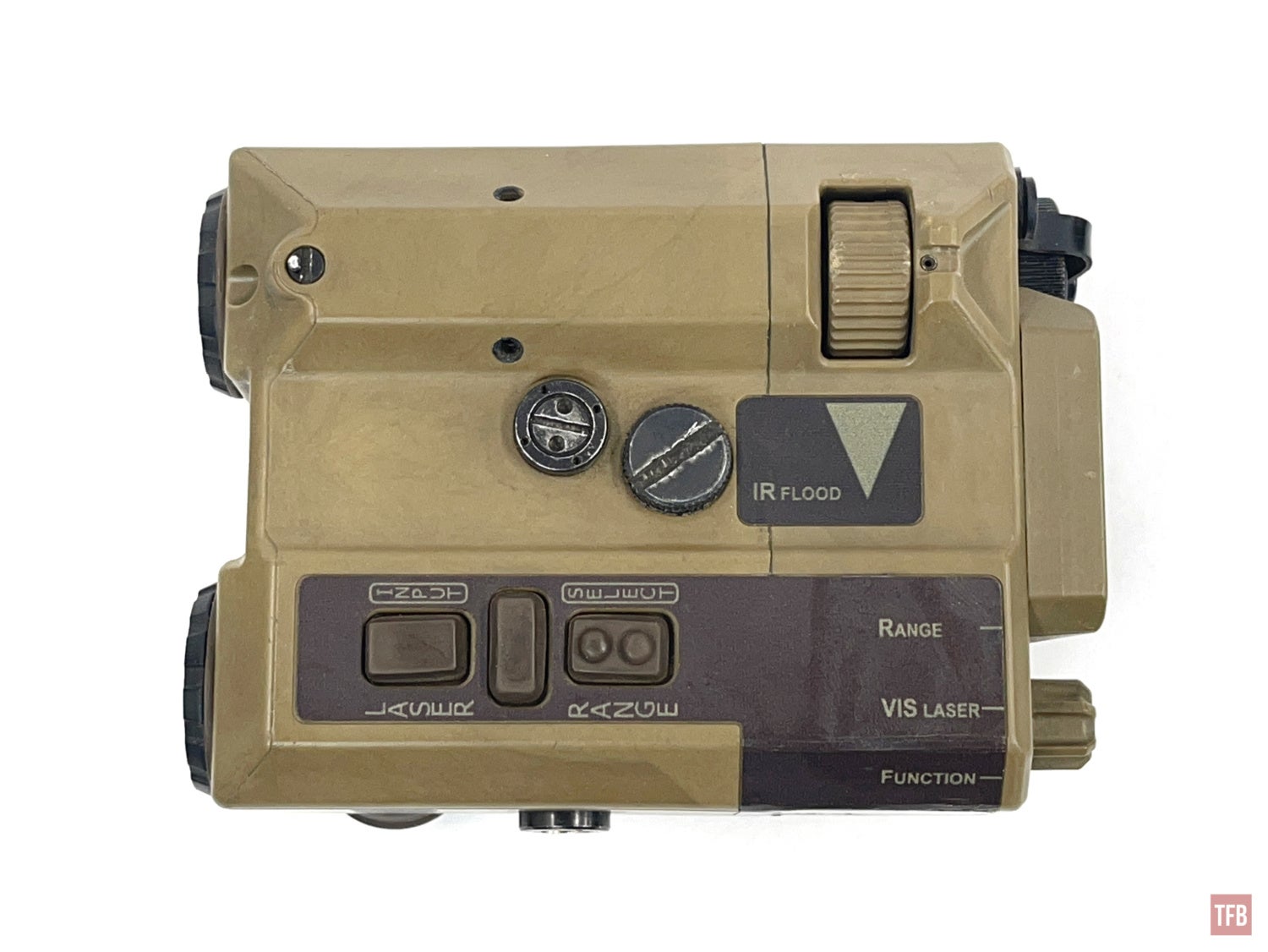
The button layout of the RAPTAR is similar to the RAPTAR LITE. Only now the back button is for ranging.
The lasers on the RAPTAR ES are nothing too exciting. .7 mW for the IR laser pointer and IR illuminator. 5 mW for the VIS red laser. The rangefinder is 1550 nM which is true SWIR. This wavelength is undetectable by analog night vision and digital full-spectrum sensors. One benefit to lasers in this wavelength, they are naturally eye safe. Even the ridiculously powerful lasers that range out to 10 km are eye safe. They might not be CCD sensor safe but they won’t damage your eyeball.


WILCOX RAPTAR on my friend Jayden’s spotting scope. That is my WP PVS-27 mounted in front.
WILCOX RAPTAR S

RAPTAR S ES next to RAPTAR LITE ES
The RAPTAR was a decent unit even though it cost just under $5k. One thing the RAPTAR was missing was a ballistic calculator. WILCOX teamed up with Applied Ballistics (AB) and programmed the RAPTAR S with their ballistic solver. They changed the button layout and menu options for this. WILCOX even upgraded their remote switch to match the new RAPTAR S buttons.
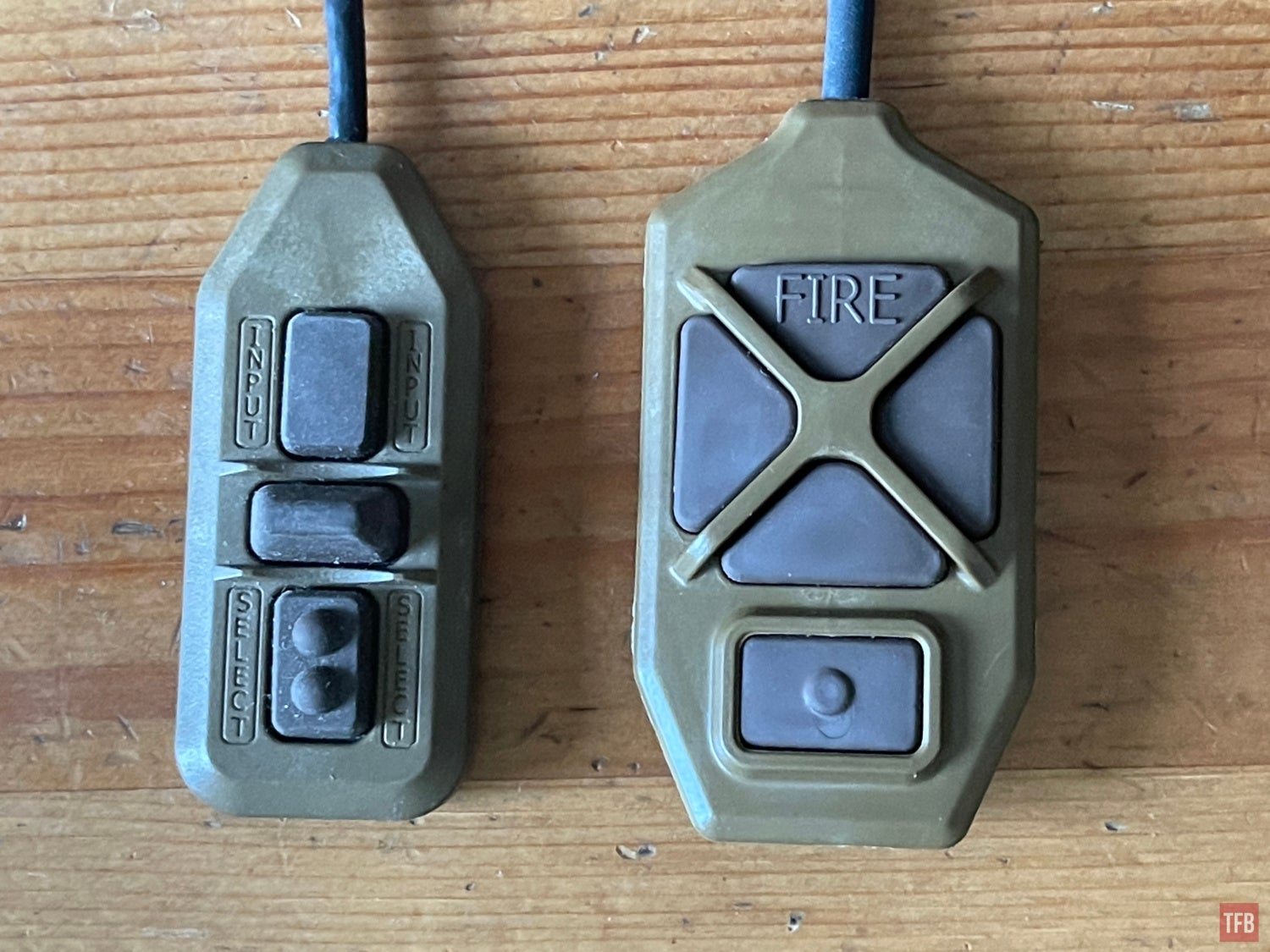
RAPTAR remote on the left. RAPTAR S remote on the right.
WILCOX also upgraded their LED display. The old RAPTAR has a simple 4 character display. The RAPTAR S has a better OLED display that can show actual words, symbols and numbers.

RAPTAR S on the left, RAPTAR ES on the right.

Here are photos comparing the RAPTAR S ES to the HP (high power) version.
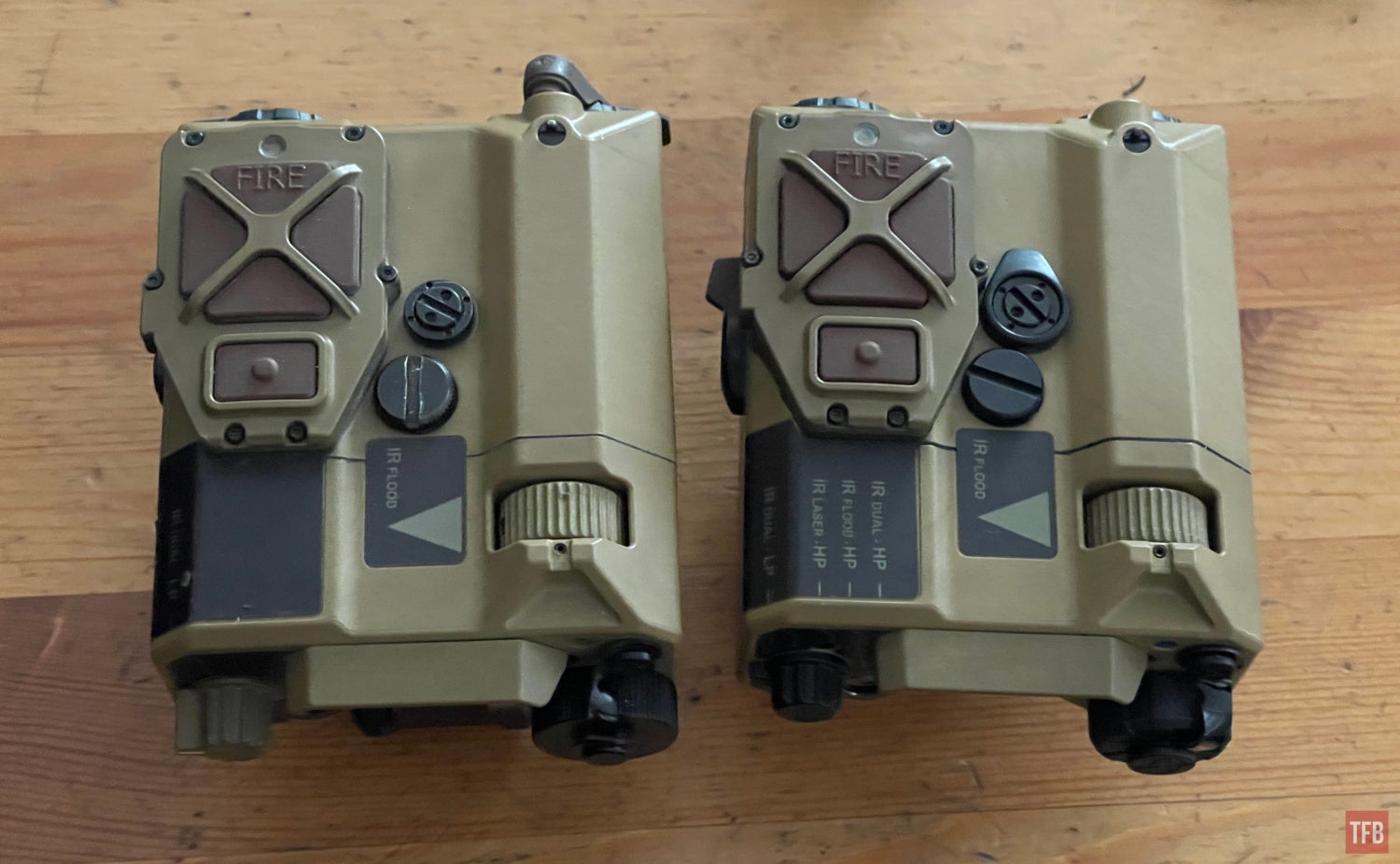
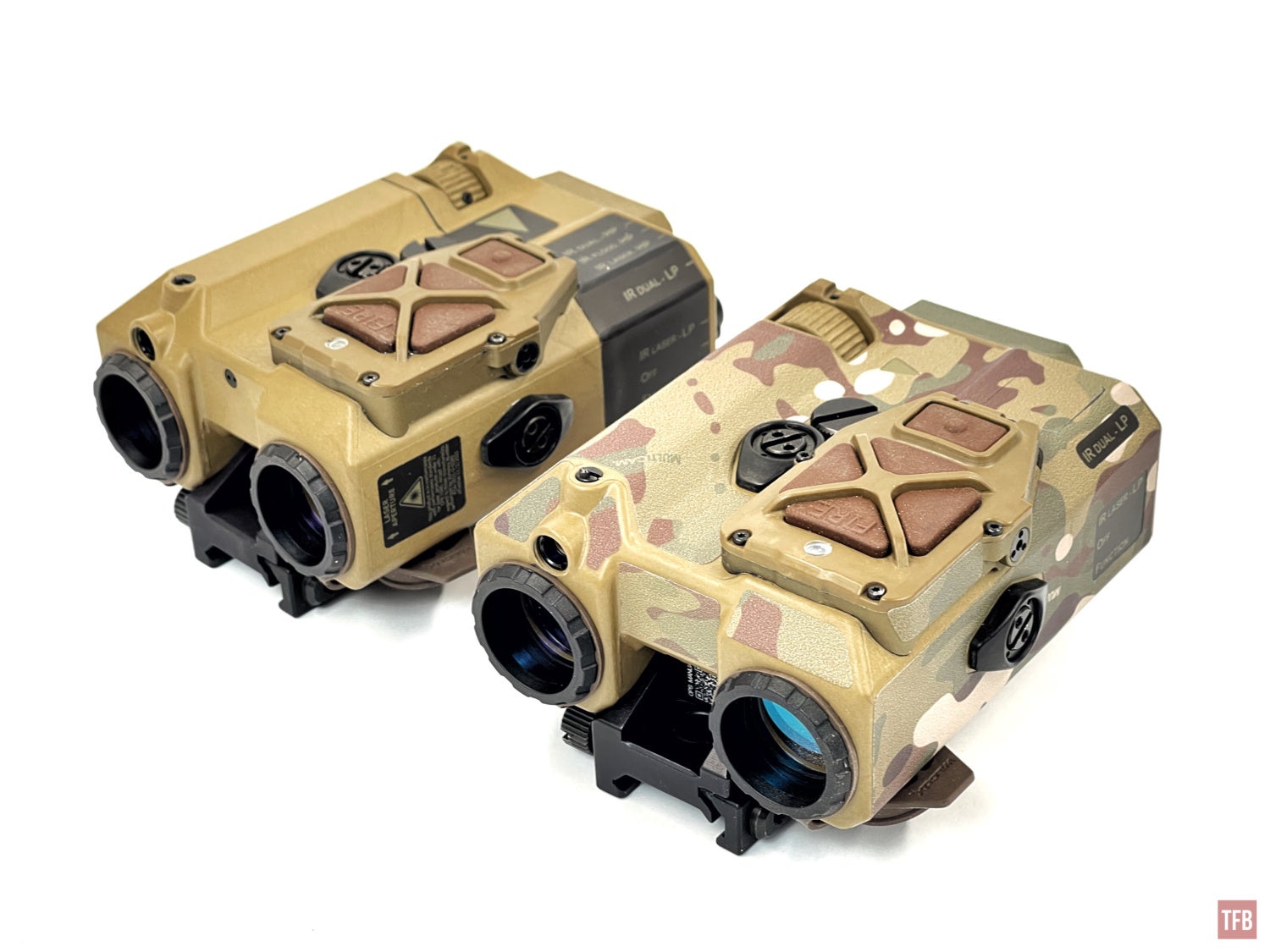
The RAPTAR S ES has similar output to the RAPTAR ES. The full-power one has a 35mW VIS laser, 100mW IR illuminator and 60mW IR pointer. The LRF laser is the same at less than 1 mJ.






The full-power RAPTAR S has more modes which are indicated at the top of the housing. There is also VIS high power which you can see in the image above.

WILCOX also changed the design of their lens covers. They have a slot molded into them and are held in place with mushroom-style discs.


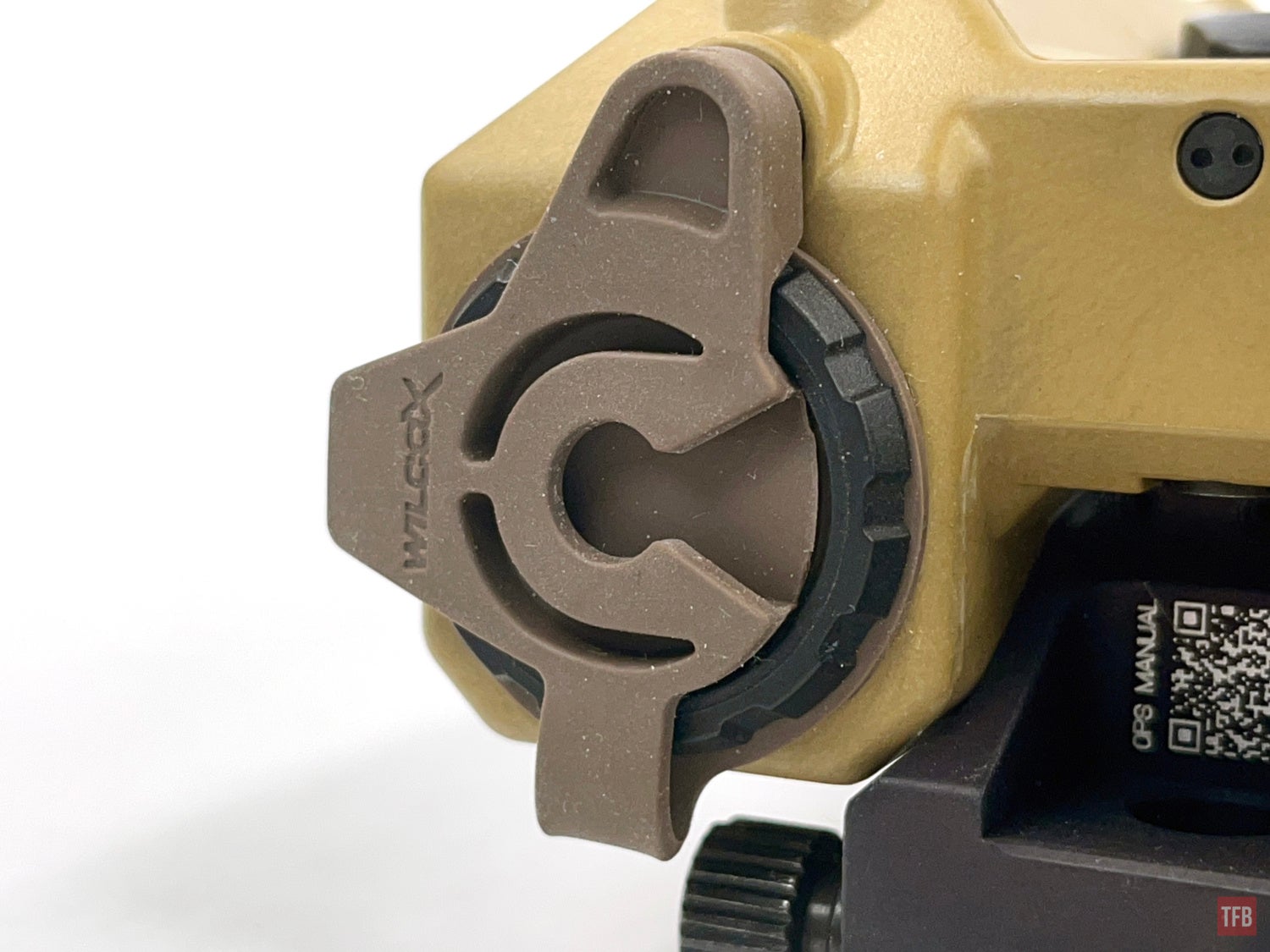
The old RAPTAR had hook-like tabs to hold the lens covers.
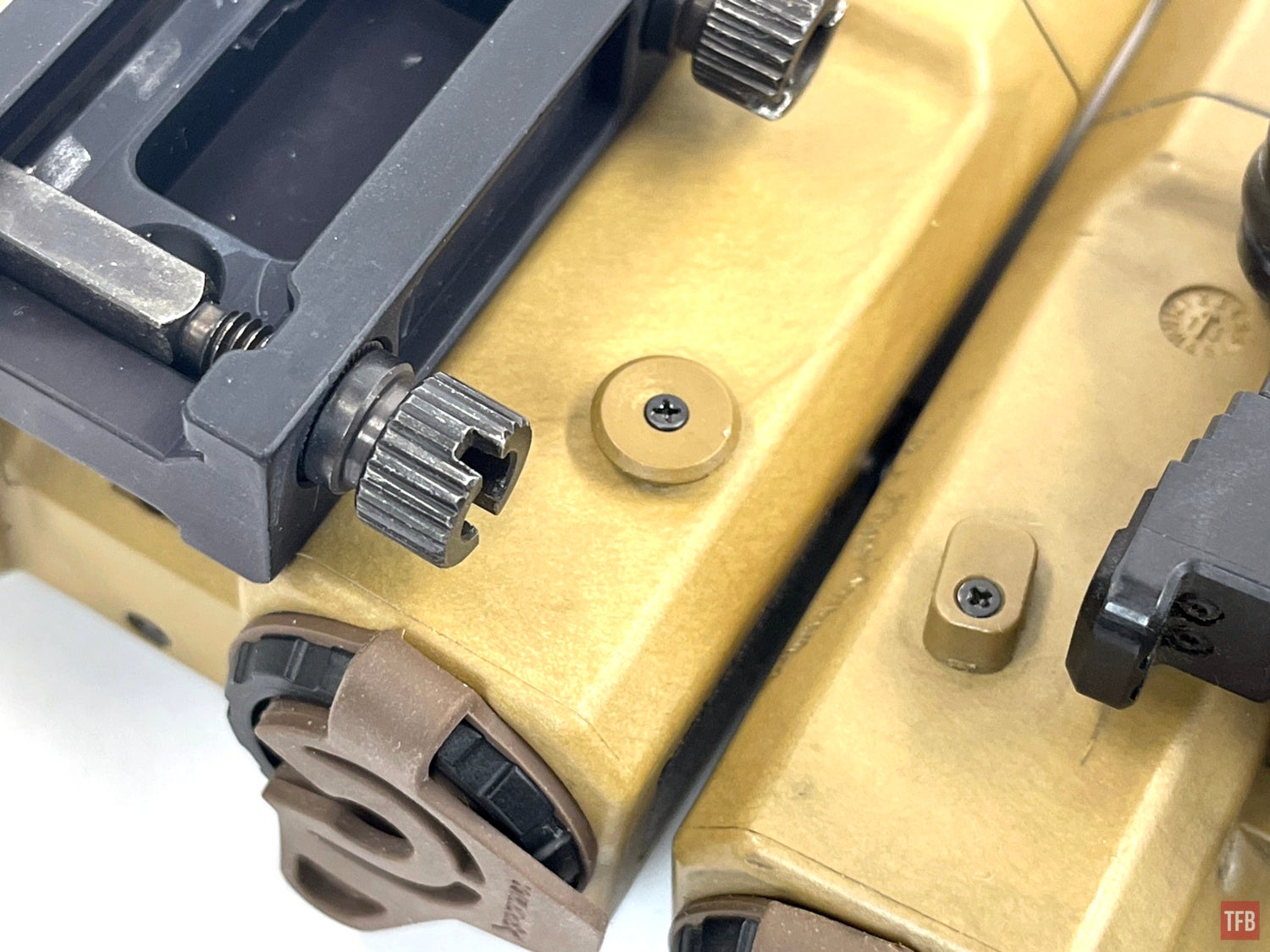
RAPTAR S on the left, RAPTAR ES on the right.


RAPTAR S HP VIS laser.
The IR illuminator is useable but not great compared to VCSEL illuminators.

Great Horned Owl 70 yards away.
See the artifacts in the beam below? This was about 130 yards away.

Here is the 530-yard shed. It works decently for illuminating a target. Seen through a PVS-14.

RAPTAR S Integration

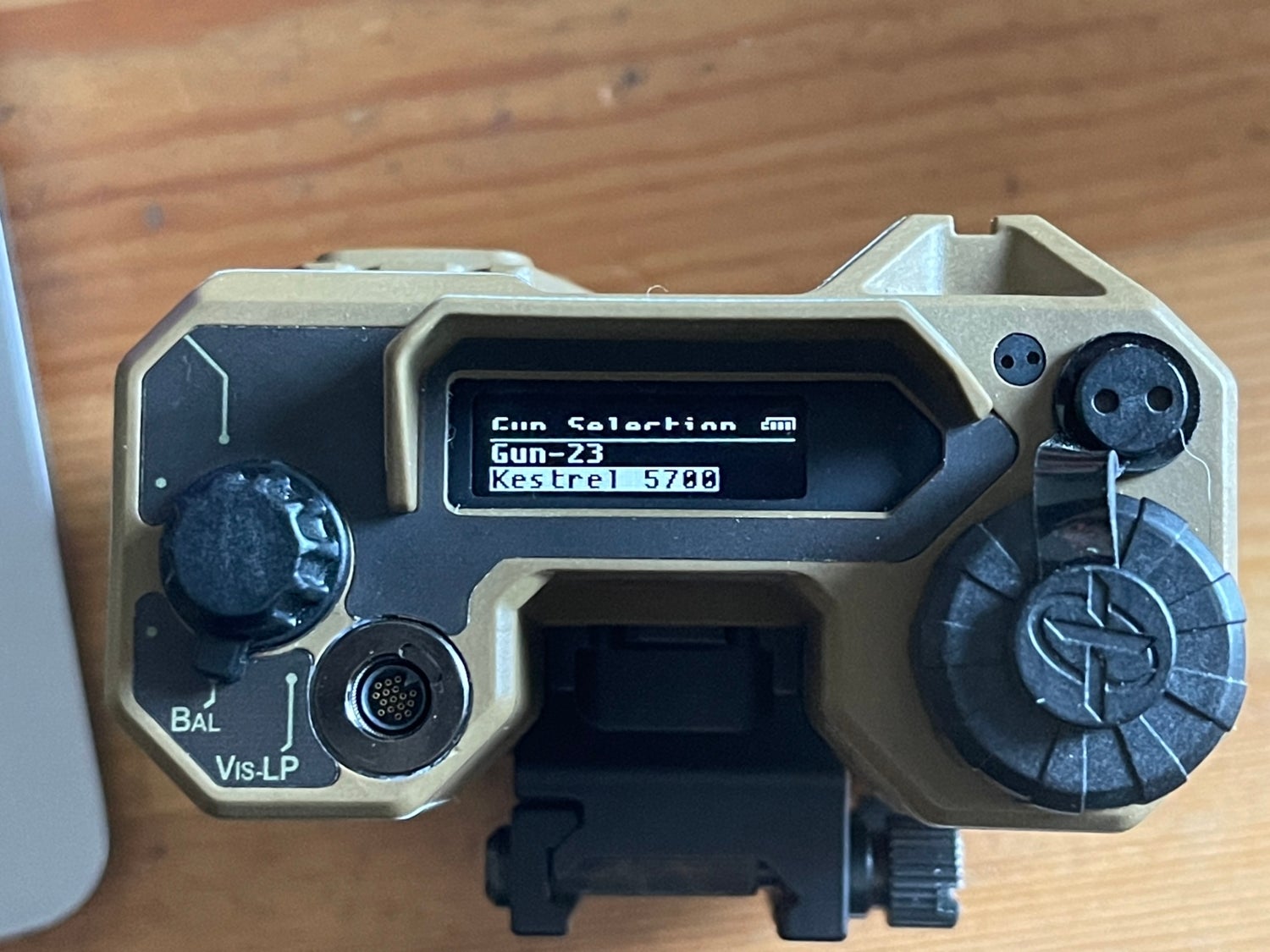
As mentioned earlier, the RAPTAR S is not just an expensive MFAL with laser rangefinding abilities. It has the ability to connect to a Kestrel via Bluetooth. You can create rifle profiles in the Kestrel and then upload those to the RAPTAR S. By doing so you do not need the Kestrel unless you want up-to-date atmospherics. With the gun profiles in the RAPTAR S, when you range a target, it gives you the ballistic solution.

There is a lot going on in the ballistics full solution readout. The upper right-hand corner tells you what mode you are in. LP is power level, in this case, it is Low Power. To the right is the mode, in the photo above it is VIS pointer. Below that is the angle cant indicator. Each / is 1º so it is canted 2º to the left. If it was canted 2º to the right it would have \\ marks. Roll the gun so it shows —– and now slanted icons. Below the cant indicator is the range in meters. In the full solution mode, it only displays range in meters. You can go to the Function option in the menu and set the Ballistics function to Range in Meters or Range in Yards only. But then you would not have the ballistic correction or cant indicator. And to the left of the range is the ballistic correction for the gun profile you selected. Right now this RAPTAR S ES is set to .338 Berger out of my Desert Tech. I have to hold 4.3 mils up and 0.3 mils to the right for that target I ranged.
ATAK integration is theoretically possible. ATAK has the WILCOX RAPTAR listed in its programming. However, when my friends and I have tried connecting our respective RAPTAR S to ATAK, it crashes the app.

RAPTAR is listed under devices of ATAK
Ideally, the RAPTAR S connects to ATAK and can display what it ranges as well as set it as a waypoint. But right now the APP keeps crashing. I have reached out to Applied Ballistics as they are working on a plug-in for ATAK and they said it should work but often manufacturers change some components and then connectivity stops working. I even lent them my RAPTAR S full power and they were unable to get it to work with ATAK. For now, I’ll just keep using it as a stand-alone ballistic solver.
There is another feature that the RAPTAR S can do and that is connecting to a BAE thermal sights like a UTC XII or UTMX. It requires a special cable but once connected, you range with the RAPTAR S and it will send that information to the BAE Thermal sight to produce a “disturbed reticle”.
My friend Kevin has a cable to connect his RAPTAR S to his Pixels On Target Voodoo-M. Here is an example of the sight picture. It is set up on his spotting scope. The range, from the RAPTAR S, is displayed as well as the ballistic correction. The range is 133 meters, elevation is down 0.1 mil, and windage left 0.1 mil. Ignore the blue box and yellow circle. That is something from his phone camera app. But you can see the white X next to it. That is his disturbed reticle. You use that as your aiming point. Kevin did not zero the Voodoo-M to the spotting scope since it is zeroed to his rifle scope. He just did this to illustrate the concept.
 Photo by Kevin.
Photo by Kevin.
RAPTAR S Compared To Other LRFs
Last January I was hanging out with my friend Jayden. He had an FN Elity LRF on loan. It is bigger than the RAPTAR S.

The FN Elity remote switch is huge in comparison to the RAPTAR S.


Mounting The WILCOX RAPTAR S
Most RAPTAR users mount the LRF to the top of their optic. I have a rail on my Leupold MK5.


The RAPTAR S has two lengths of the remote switch. I have the longer one and it can reach to the stock of my Desert Tech SRS. Since my support hand is back there to hold/squeeze a rear bag, I can easily reach the range button or FIRE button with my support left-hand thumb. Other people mount their remote switch on the side of the magwell on a traditional rifle and activate it with their fire control index finger.

I prefer to mount it to the side of my spotting scope so I can mount thermal devices at 12 o’clock.

Final Thoughts On The RAPTAR S
While the RAPTAR S has a lot going for it, I found it to be a bit underwhelming, especially for the price. The RAPTAR S full-power and eye-safe model sell for $10,733! And that is with a several-month wait time. Just like full-powered aiming lasers, the full-power RAPTAR S is restricted to LE/MIL sales. Although to be honest, I find the laser on the RAPTAR S to be mediocre at best. It works but not great. Especially the eye-safe model. The illuminator is so weak, it is practically useless for illuminating long-range targets. You can use a Steiner SPIR, B.E. Meyers KIJI or Luna Optics LN-ELIR for better IR illumination. The aiming laser is useable enough to help point out things to other shooters. With regards to the laser range finder, 1500m range is not that amazing. I have been able to get returns out to 2400 yards at night but my Vortex Razor 4000 can range further than that and it costs under $1000. With the Vortex Razor 4000 GB, I have a ballistic solver built in as well. However, the allure of the RAPTAR S is that you can mount it to a gun and zero it. Is it worth the price? Not really. Not unless you work for the government and taxpayers are paying for it. There are other laser rangefinders you can get and ballistic calculators that work with them that make the RAPTAR S somewhat superfluous.
But I cannot deny the fact that it is a streamlined setup that is self-contained. With it mounted to a gun and zeroed properly with the correct ballistic data inputed, you can just range the target, read the ballistic correction and dial up or hold to make the shot. I would love it more if it connected to ATAK properly but sadly there is no support for that functionality. The disturbed reticle is very cool but is so expensive that most people won’t use it. Also getting the cable to do this is like trying to collect unicorn tears. Ok maybe not that impossible, the cable exists while unicorns do not.
In all honesty, I rather have the WILCOX MRF which is a simpler version of the RAPTAR S. It strips away the IR illuminator and IR laser. Unfortunately, it is similarly priced to the RAPTAR S. While it has fewer functions, it still has the Applied Ballistics solver and can range twice as far compared to the RAPTAR S.
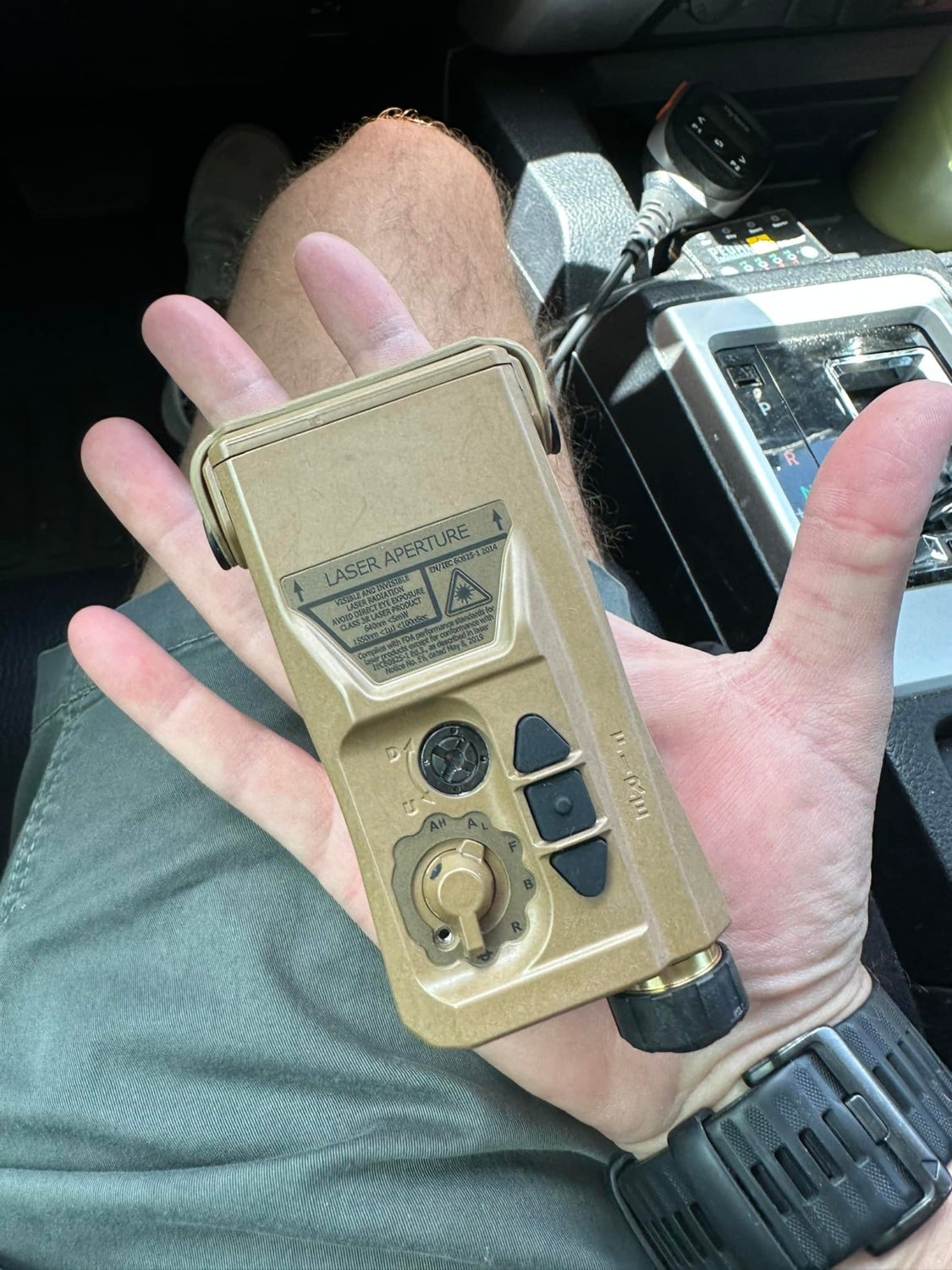
WILCOX MRF. Photo by Costa Defense
For more information, check out Wilcox Industries’ website.
 Your Privacy Choices
Your Privacy Choices
